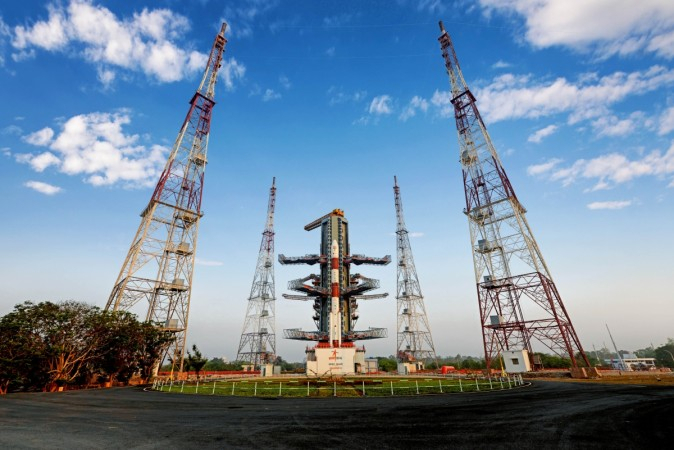
India will launch its cartography satellite Cartosat-3 and 13 commercial nanosatellites into sun synchronous orbit on November 25, the Indian space agency said on Monday. The rocket is expected to lift off at 9.28 am IST.
According to the Indian Space Research Organisation (ISRO), its rocket Polar Satellite Launch Vehicle-XL variant (PSLV-XL) will put into orbit Cartosat-3 and 13 commercial nanosatellites from the US on November 25. Cartosat-3 satellite is a third generation agile advanced satellite having high resolution imaging capability. The satellite will be placed in an orbit of 509 km at an inclination of 97.5 degrees.
PSLV-C47 is the 21st flight of PSLV in 'XL' configuration with 6 solid strap-on motors and the 74th launch vehicle mission from SDSC SHAR, Sriharikota, Andhra Pradesh. Other 13 commercial nanosatellites from the US are part of the commercial arrangement with NewSpace India Limited (NSIL), Department of Space. The new company that was set up recently under the Department of Space.
The Cartosat satellites are a series of Indian earth observation satellites of ISRO as part of the country's Indian Remote Sensing Program, which are used for Earth's resource management defence services and monitoring. The first satellite of the series, Cartosat-1, was launched in 2005.
Cartosat-3, intended to replace the IRS series, will have a panchromatic resolution of 0.25 metres and Mx of 1 metre with a high quality resolution which is a major improvement from the previous payloads in the Cartosat series. Besides weather mapping, it will be used for cartography or defence and strategic applications.
Cartosat-3 is a much more capable satellite, having a resolution of 25 cm and uses 1.2 m optics with 60% of weight removal compared to Cartosat-2. Other features include the use of adaptive optics, acousto optical devices, in-orbit focusing using MEMs and large area-light weight mirrors and advanced sense with a high quality resolution, said ISRO.
Cartosat-3 was originally planned to be launched on board PSLV during 2014 but postponed in view of other additional satellites in the Cartosat-2 series through 2017, and ISRO's 2017 plans involve launching Cartosat 2D/2E in 2017.
In July 2019, ISRO launched its second lunar mission Chandrayaan-2, which consists of an orbiter, lander and rover, to study the lunar geology but the mission was partially successful as the lander and rover failed to descend as planned.
ISRO's future missions include development of the Unified Launch Vehicle, Small Satellite Launch Vehicle, development of a reusable launch vehicle, human spaceflight, a space station, interplanetary probes, and a solar spacecraft mission.









